 Welcome
Welcome
“May all be happy, may all be healed, may all be at peace and may no one ever suffer."
Spinal stenosis
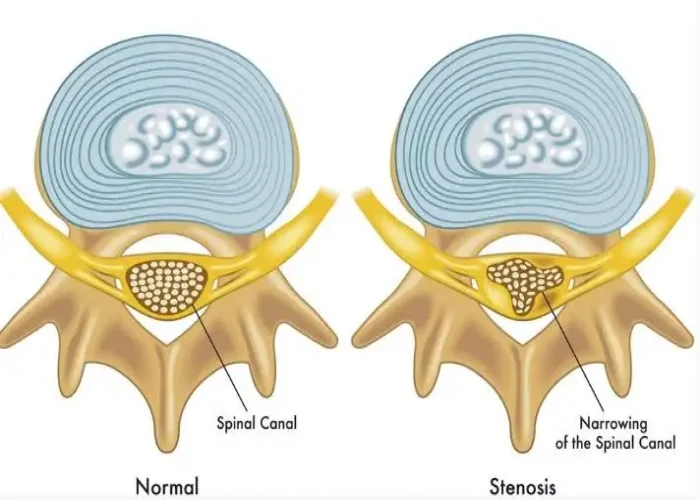
Spinal stenosis is a condition in which the spinal canal, which houses the spinal cord, narrows and puts pressure on the spinal cord and/or the nerves that branch off from it. This can cause a range of symptoms, including pain, weakness, numbness, and difficulty with balance or coordination.
Spinal stenosis can be caused by a variety of factors, including aging, osteoarthritis, herniated discs, and spinal injuries. It can affect any part of the spine but is most common in the lower back (lumbar spinal stenosis) and the neck (cervical spinal stenosis).
Symptoms of spinal stenosis can include pain, numbness, and tingling in the legs, back, or neck; weakness in the arms or legs; and difficulty with coordination or balance. Symptoms may worsen with standing or walking and may improve with sitting or bending forward.
Diagnosis of spinal stenosis typically involves imaging tests, such as MRI or CT scans, to visualize the spinal canal and any areas of narrowing. Treatment may include conservative measures such as physical therapy, pain medication, and bracing. In some cases, surgery may be necessary to relieve pressure on the spinal cord or nerves.
It is important for individuals with symptoms of spinal stenosis to seek medical attention to prevent the condition from worsening and to receive appropriate treatment. A healthcare provider or specialist such as a neurologist or spine surgeon can provide guidance on the best treatment options for each individual's specific condition.
Research Papers
Disease Signs and Symptoms
- Numbness
- Weakness and numbness in arms
- Weakness and numbness in legs
- Numbness or tingling in hands and feet
- Neck pain
- Weakness in legs, ankles and feet
- Back pain
- In severe cases, bowel or bladder dysfunction (urinary urgency and incontinence)
- Pain or cramping in one or both legs when stand for long periods of time or when walk, which usually eases when bend forward or sit
Disease Causes
Spinal stenosis
The backbone (spine) runs from your neck to your lower back. The bones of your spine form a spinal canal, which protects your spinal cord (nerves).
Some people are born with a small spinal canal. But most spinal stenosis occurs when something happens to narrow the open space within the spine. Causes of spinal stenosis may include:
- Overgrowth of bone. Wear and tear damage from osteoarthritis on your spinal bones can prompt the formation of bone spurs, which can grow into the spinal canal. Paget's disease, a bone disease that usually affects adults, also can cause bone overgrowth in the spine.
- Herniated disks. The soft cushions that act as shock absorbers between your vertebrae tend to dry out with age. Cracks in a disk's exterior may allow some of the soft inner material to escape and press on the spinal cord or nerves.
- Thickened ligaments. The tough cords that help hold the bones of your spine together can become stiff and thickened over time. These thickened ligaments can bulge into the spinal canal.
- Tumors. Abnormal growths can form inside the spinal cord, within the membranes that cover the spinal cord or in the space between the spinal cord and vertebrae. These are uncommon and identifiable on spine imaging with an MRI or CT.
- Spinal injuries. Car accidents and other trauma can cause dislocations or fractures of one or more vertebrae. Displaced bone from a spinal fracture may damage the contents of the spinal canal. Swelling of nearby tissue immediately after back surgery also can put pressure on the spinal cord or nerves.
Disease Prevents
Disease Treatments
Treatment for spinal stenosis depends on the location of the stenosis and the severity of your signs and symptoms.
Talk to your doctor about the treatment that's best for your situation. If your symptoms are mild or you aren't experiencing any, your doctor may monitor your condition with regular follow-up appointments. He or she may offer some self-care tips that you can do at home. If these don't help, he or she may recommend medications or physical therapy. Surgery may be an option if other treatments haven't helped.
Medications
Your doctor may prescribe:
- Pain relievers. Pain medications such as ibuprofen (Advil, Motrin IB, others), naproxen (Aleve, others) and acetaminophen (Tylenol, others) may be used temporarily to ease the discomfort of spinal stenosis. They are typically recommended for a short time only, as there's little evidence of benefit from long-term use.
- Antidepressants. Nightly doses of tricyclic antidepressants, such as amitriptyline, can help ease chronic pain.
- Anti-seizure drugs. Some anti-seizure drugs, such as gabapentin (Neurontin) and pregabalin (Lyrica), are used to reduce pain caused by damaged nerves.
- Opioids. Drugs that contain codeine-related drugs such as oxycodone (Oxycontin, Roxicodone) and hydrocodone (Norco, Vicodin) may be useful for short-term pain relief. Opioids may also be considered cautiously for long-term treatment. But they carry the risk of serious side effects, including becoming habit forming.
Physical therapy
It's common for people who have spinal stenosis to become less active, in an effort to reduce pain. But that can lead to muscle weakness, which can result in more pain. A physical therapist can teach you exercises that may help:
- Build up your strength and endurance
- Maintain the flexibility and stability of your spine
- Improve your balance
Steroid injections
Your nerve roots may become irritated and swollen at the spots where they are being pinched. While injecting a steroid medication (corticosteroid) into the space around impingement won't fix the stenosis, it can help reduce the inflammation and relieve some of the pain.
Steroid injections don't work for everyone. And repeated steroid injections can weaken nearby bones and connective tissue, so you can only get these injections a few times a year.
Decompression procedure
With this procedure, needle-like instruments are used to remove a portion of a thickened ligament in the back of the spinal column to increase spinal canal space and remove nerve root impingement. Only patients with lumbar spinal stenosis and a thickened ligament are eligible for this type of decompression.
The procedure is called percutaneous image-guided lumbar decompression (PILD). It has also been called minimally invasive lumbar decompression (MILD), but to avoid confusion with minimally invasive surgical procedures, doctors have adopted the term PILD.
Because PILD is performed without general anesthesia, it may be an option for some people with high surgical risks from other medical problems.
Surgery
Surgery may be considered if other treatments haven't helped or if you're disabled by your symptoms. The goals of surgery include relieving the pressure on your spinal cord or nerve roots by creating more space within the spinal canal. Surgery to decompress the area of stenosis is the most definitive way to try to resolve symptoms of spinal stenosis.
Research shows that spine surgeries result in fewer complications when done by highly experienced surgeons. Don't hesitate to ask about your surgeon's experience with spinal stenosis surgery. If you have any doubts, get a second opinion.
Examples of surgical procedures to treat spinal stenosis include:
- Laminectomy. This procedure removes the back part (lamina) of the affected vertebra. A laminectomy is sometimes called decompression surgery because it eases the pressure on the nerves by creating more space around them.
- In some cases, that vertebra may need to be linked to adjoining vertebrae with metal hardware and a bone graft (spinal fusion) to maintain the spine's strength.
- Laminotomy. This procedure removes only a portion of the lamina, typically carving a hole just big enough to relieve the pressure in a particular spot.
- Laminoplasty. This procedure is performed only on the vertebrae in the neck (cervical spine). It opens up the space within the spinal canal by creating a hinge on the lamina. Metal hardware bridges the gap in the opened section of the spine.
- Minimally invasive surgery. This approach to surgery removes bone or lamina in a way that reduces the damage to nearby healthy tissue. This results in less need to do fusions.
- While fusions are a useful way to stabilize the spine and reduce pain, by avoiding them you can reduce potential risks, such as post-surgical pain and inflammation and disease in nearby sections of the spine. In addition to reducing the need for spinal fusion, a minimally invasive approach to surgery has been shown to result in a shorter recovery time.
In most cases, these space-creating operations help reduce spinal stenosis symptoms. But some people's symptoms stay the same or get worse after surgery. Other surgical risks include infection, a tear in the membrane that covers the spinal cord, a blood clot in a leg vein and neurological deterioration.
Potential future treatments
Clinical trials are underway to test the use of stem cells to treat degenerative spinal disease, an approach sometimes called regenerative medicine. Genomic medicine trials are also being done, which could result in new gene therapies for spinal stenosis.
Alternative medicine
Integrative medicine and alternative therapies may be used with conventional treatments to help you cope with spinal stenosis pain. Examples include:
- Massage therapy
- Chiropractic treatment
- Acupuncture
Talk with your doctor if you're interested in these treatment options.
Disease Diagnoses
Disease Allopathic Generics
Disease Ayurvedic Generics
Disease Homeopathic Generics
Disease yoga
Spinal stenosis and Learn More about Diseases

Bronchiectasis
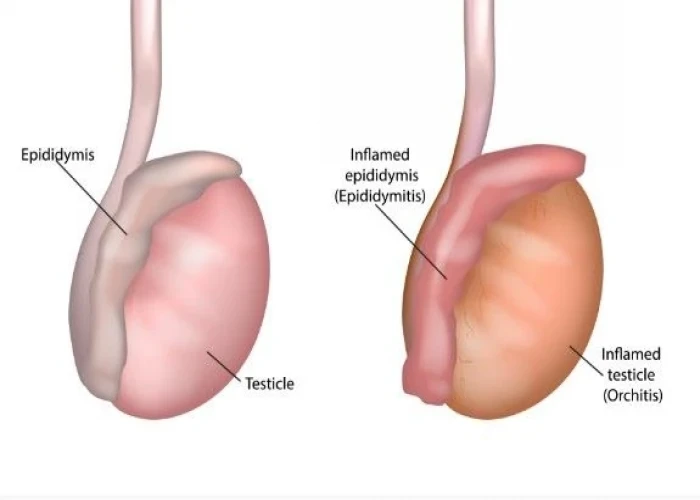
Orchitis
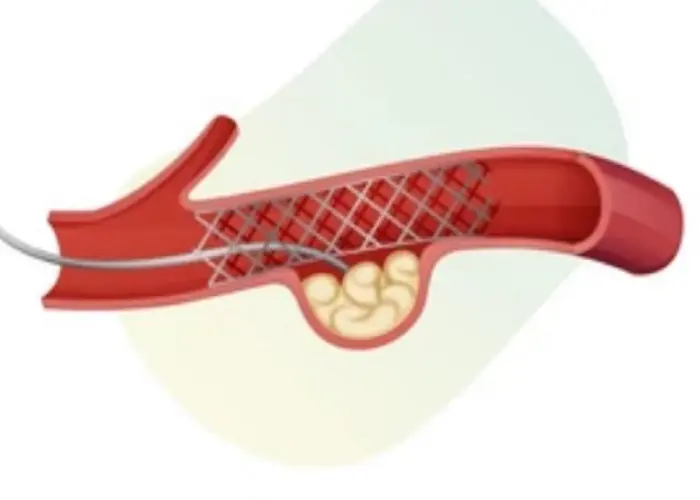
Aneurysms

Shin splints
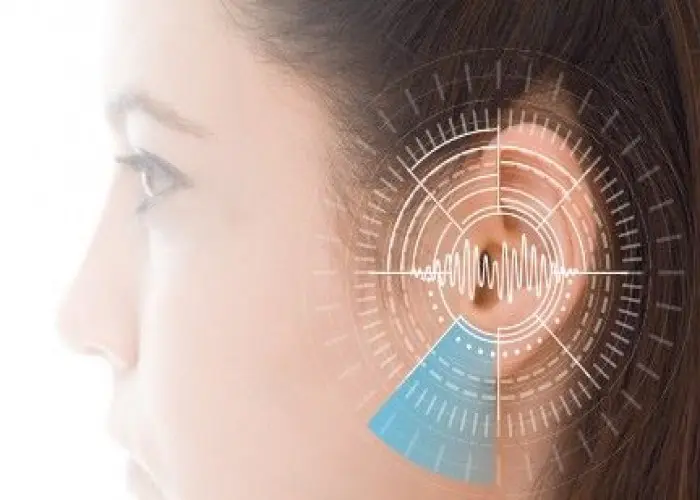
Hearing loss

Ear infection (middle ear)

Vasculitis
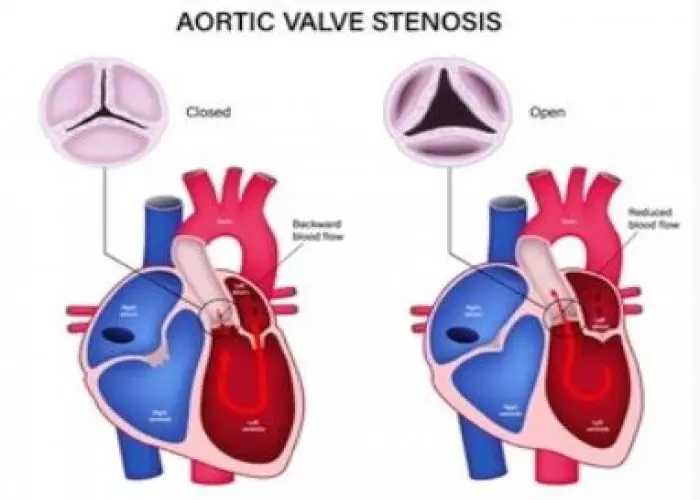
Aortic valve stenosis
spinal stenosis, স্পাইনাল স্টেনোসিস
To be happy, beautiful, healthy, wealthy, hale and long-lived stay with DM3S.
